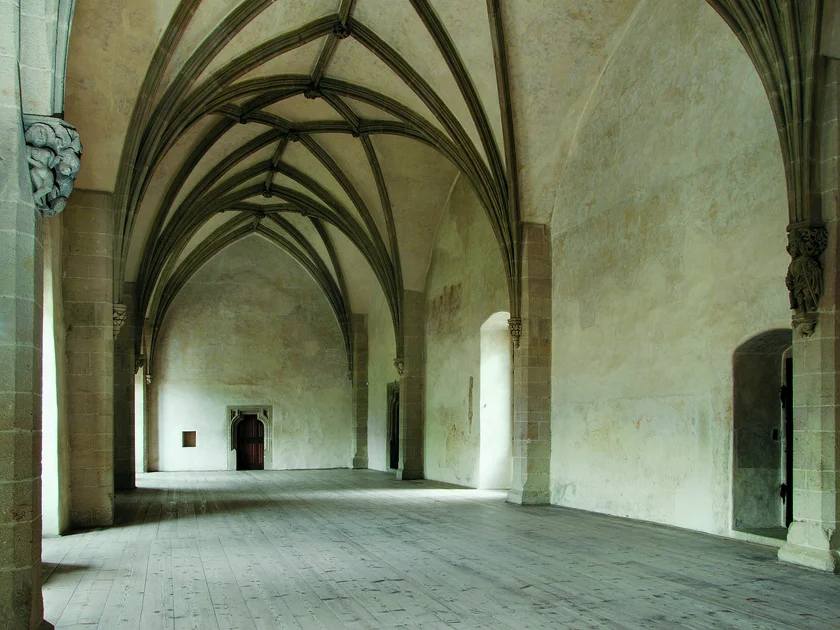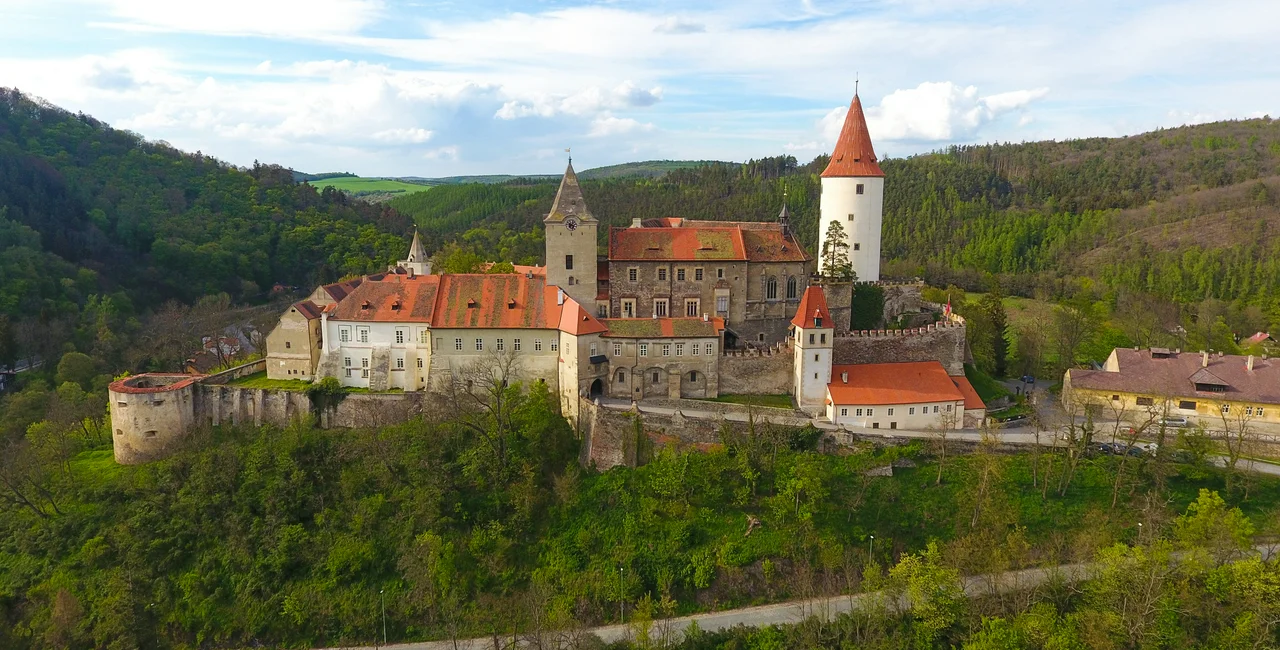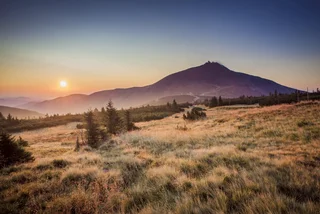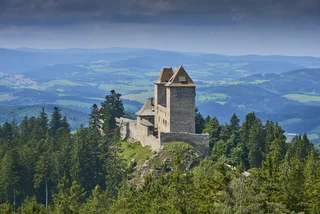The Křivoklát Protected Landscape Area is one of the Czech Republic’s most beautiful spots. Part of its charm lies in the fact that it’s off the beaten track. Located in Central Bohemia only an hour’s drive from Prague, it’s one of the Czech Republic’s oft-missed natural and cultural gems.
That could be about to change though, with the Czech Environment Ministry this week announcing plans for sixteen percent of the area to become a new national park. The move is intended to protect a diverse environment of unique forests, endangered species of plant and animal, and distinctive terrain including rocks, valleys, canyons and lakes.
National Park status brings a special level of environmental protection set out by Czech law. The move has attracted some controversy, though. Local authorities are concerned about the potential impact of increased levels of tourism on local life.
One village mayor claimed a huge majority of residents expressed opposition to the creation of the national park in a poll.
On the other hand, Central Bohemia regional authorities have welcomed the move due to the difference it will make in protecting the special natural features of the area.
“The Central Bohemia Region has long strived to ensure that this area is maximally protected and that its unique nature is preserved for future generations. At the same time, however, communication with municipalities and citizens is very important for us, including the settlement of their comments,” said spokesperson David Šíma.
As Křivoklát prepares to become a national park, here are five reasons you should visit the area.
Castles
Křivoklát Castle is one of the oldest surviving fortresses in the Czech Republic. Its name is said to have been inspired by the building’s crooked foundations, but the huge complex served as a home for Czech kings for centuries, with the beautiful surrounding countryside making for perfect royal hunting grounds.
The Castle’s Royal Hall is the second largest in Bohemia after Vladislav Hall at Prague Castle, while its Fürstenberg Library holds over thirty thousand books. Basic entry to the Castle complex is CZK 240, with various discounts available for young people and seniors.
At the western tip of the Křivoklát region the ruins of Krakovec Castle provide a unique taste of Czech history. This was the last refuge of preacher Jan Hus after he was banished from Prague as a heretic.
Other castles and ruins in the area include Točník Castle and Žebrák Castle, meaning there's plenty of choice for culture lovers looking to get their history fix.

Hiking
Křívoklát‘s stunning natural landscape provides ample opportunities for outdoor adventures. Hiking trails crisscross the area, with visitors able to follow a number of well-marked routes.
You can connect villages throughout the protected area using colored red and blue routes. Short detours can meanwhile take you to little-visited lookout spots, lakes and ancient ruins. And those who don’t fancy a long walk can simply take a stroll along local footpaths around Křivoklát Castle itself.
Flora and Fauna
Křivoklát is being named a national park because of its astonishing natural diversity. Around 1,300 species of flora and fauna can be found in local forests, many times more than tend to exist in commercially-managed forest areas.
Rivers cut through the park, making the area a true nature lover’s paradise. Czech writers have long been drawn to the beauty of the Berounka river, also a favorite for canoeists and fishermen.
The area's diversity is partly the result of its centuries-long preservation as untouched royal hunting grounds. It became a UNESCO biosphere as early as 1977, a year before it was officially listed as a protected area by the Czech authorities.
Rocky beauty
Křivoklát's rich and beautiful forests are punctuated by impressive rocky scenery. Rocks near the Skryje Lakes are rich in fossils, making them of great interest to paleontologists. And there's more to the Skryje Lakes than these ancient formations: a waterfall flows down from the Zbirož brook to make the spot a hidden paradise; if you're lucky, you might even spot an otter enjoying the scenery here too.
A museum dedicated to the region's geological significance can be found in the nearby village of Skryje. And more jaw-dropping terrain can also be found near the Týřov Castle ruins in the western part of the protected area. Close to the castle, a huge outcrop called the Devil's Rock (Čertova skála) rises up imposingly above the Berounka.
Legend has it that Devil's Rock is the remainder of a bridge built for a local fisherman across the Berounka by the devil, in exchange for the man's daughter. When the fisherman saw the Devil making swift progress on one side of the river, he became frightened and backed out of the bargain; but the partially constructed "bridge" has stood there ever since.
Lány Chateau
Finally, those interested in Czech politics can head to Lány Chateau, at the northern tip of Křivoklat, for a chance to wave hello to Czech Presidents staying at their official countryside residence.
The Baroque chateau itself is usually only open to the public on the anniversaries of the birth and death of Jan Masarýk, first President of Czechoslovakia, but the adjacent park is open all year round.













 Reading time: 4 minutes
Reading time: 4 minutes 
























